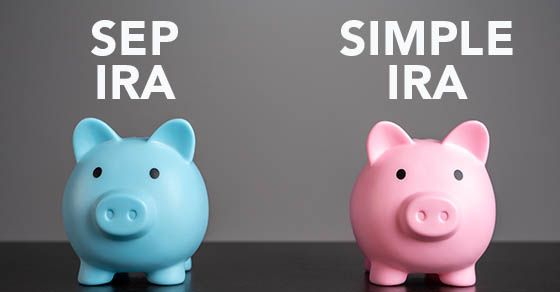
Planning an event? Don’t neglect sponsorships
There are many ways to evaluate the success of a not-for-profit event. But for most nonprofit leaders, financial success — how much did we raise? — is the metric that ultimately matters. To be financially fruitful, nonprofit events need sponsors (companies and individuals) to cover a portion of expenses. Be sure to make securing sponsorships central to planning your organization’s events. Best practices Depending on your organization, your special event might be a dinner gala, a conference, an auction, a golf tournament, a concert, or a combination (or none) of these. But finding solid sponsorship largely follows the same process, regardless of the event’s format. For example, you want time on your side. Nonprofits often compete with peer organizations for the same philanthropic dollars, so start early. It is not overly ambitious to have a fundraising plan in place a year in advance. And it is a good practice to lock in sponsors four to six months before your special event. To develop a list of supporters most likely to step up as sponsors, hold a magnifying glass to your organization’s mission statement. Think in terms of appropriateness and quality. For example, an athletic clothing manufacturer could be an excellent sponsor for a youth soccer league tournament. A local grocer might be just the right target for a food bank’s silent auction. Using teamwork, you are more likely to be successful if you assemble a team with strong community connections. Ask your executives, board members and volunteers to reach out to members of their personal and professional networks to solicit sponsorship help. These ambassadors should be well prepared with information about the benefits each sponsor will receive. This includes the event’s likely attendees. You will want to convince potential sponsors that your attendees belong to the same demographic they target for their products and services. Include data on where attendees live, along with their age, sex and buying power. Be factual in your approach — do not exaggerate. Exposure opportunities Sponsors generally help finance nonprofit events in exchange for exposure to your audience. What does such exposure look like? You might offer to put the sponsor’s name on event materials — including signs, banners, brochures, tickets, newsletters, and program books — and to recognize the sponsor verbally at the event. To help obtain the greatest amount of support from both large and small sponsors, develop multiple sponsorship options. In general, those companies paying the most should receive the most visibility at your event. Also offer free attendance to at least one representative (and a guest) of any sponsoring company so the sponsor will get a chance to mingle with attendees, gather information and build connections. If you are hosting an annual conference or meeting, you might want to provide the sponsor a speaking opportunity. Long-term relationship Do not forget that sponsorships ideally mark the start of a long-term relationship between your nonprofit and the sponsor. After your event, for example, you may want to get your sponsor’s employees involved in your organization’s work by hosting a company volunteer day. And, of course, you should solicit the sponsor’s support again when you plan your next event. Finally, be careful: In some circumstances, the IRS may consider corporate sponsorships paid advertising. In such cases, nonprofits can be liable for unrelated business income tax (UBIT). Contact us for information about finding sponsors while navigating complex UBIT rules.
















































